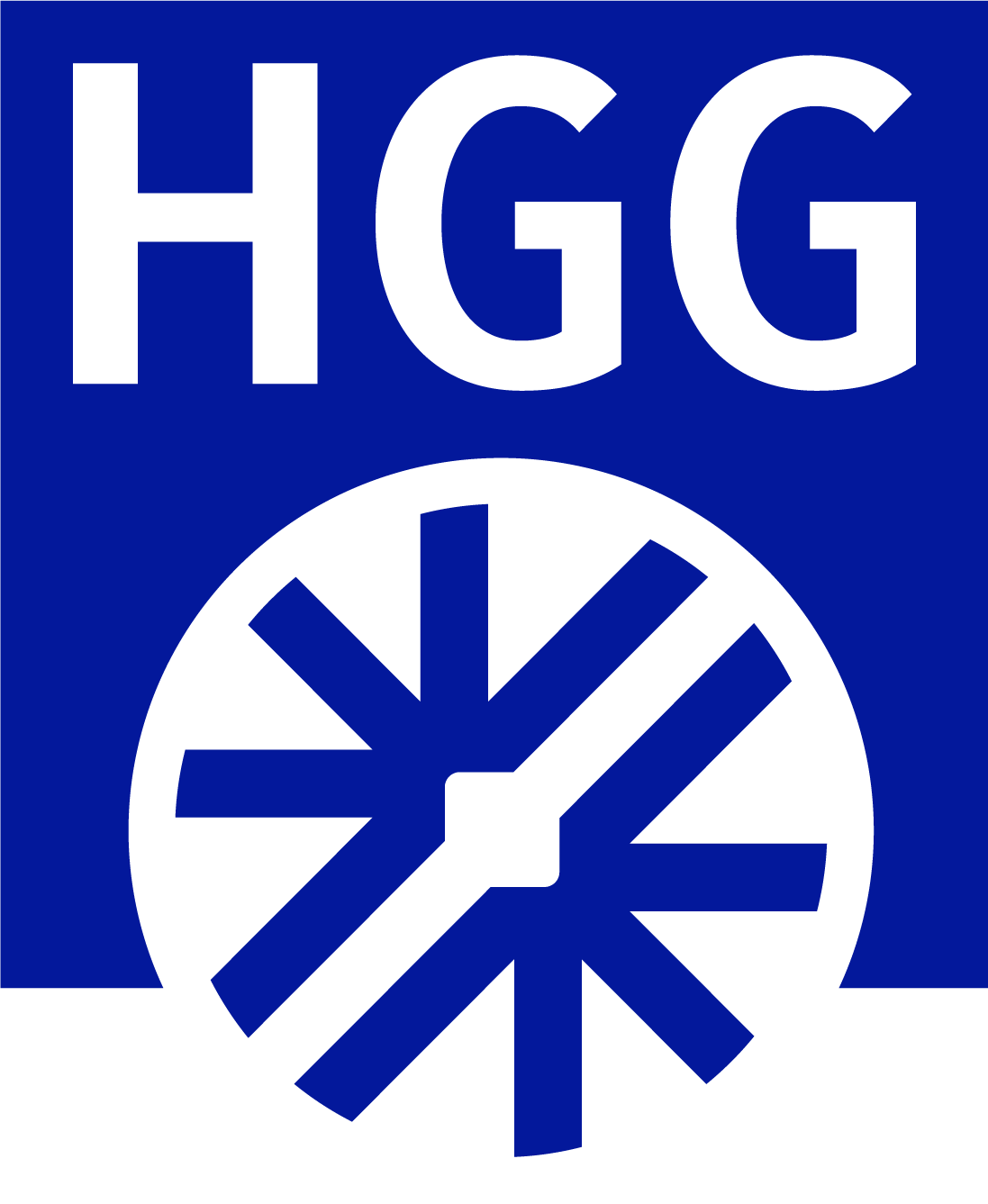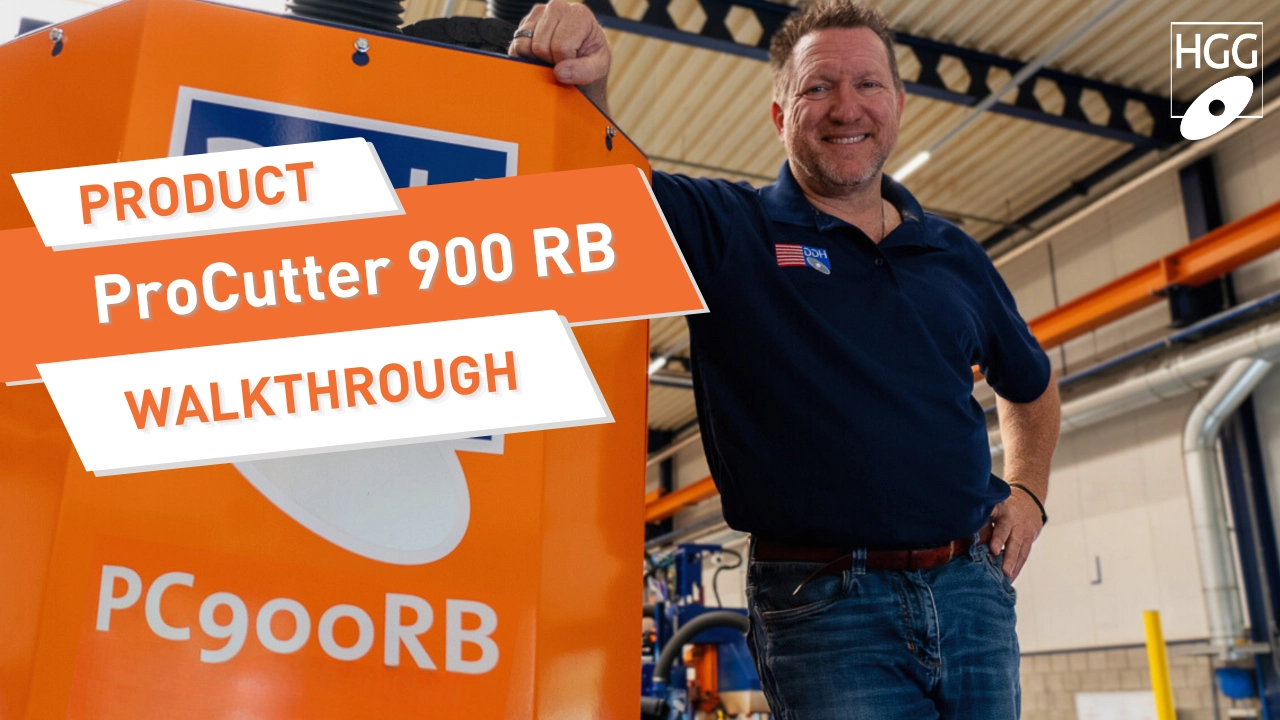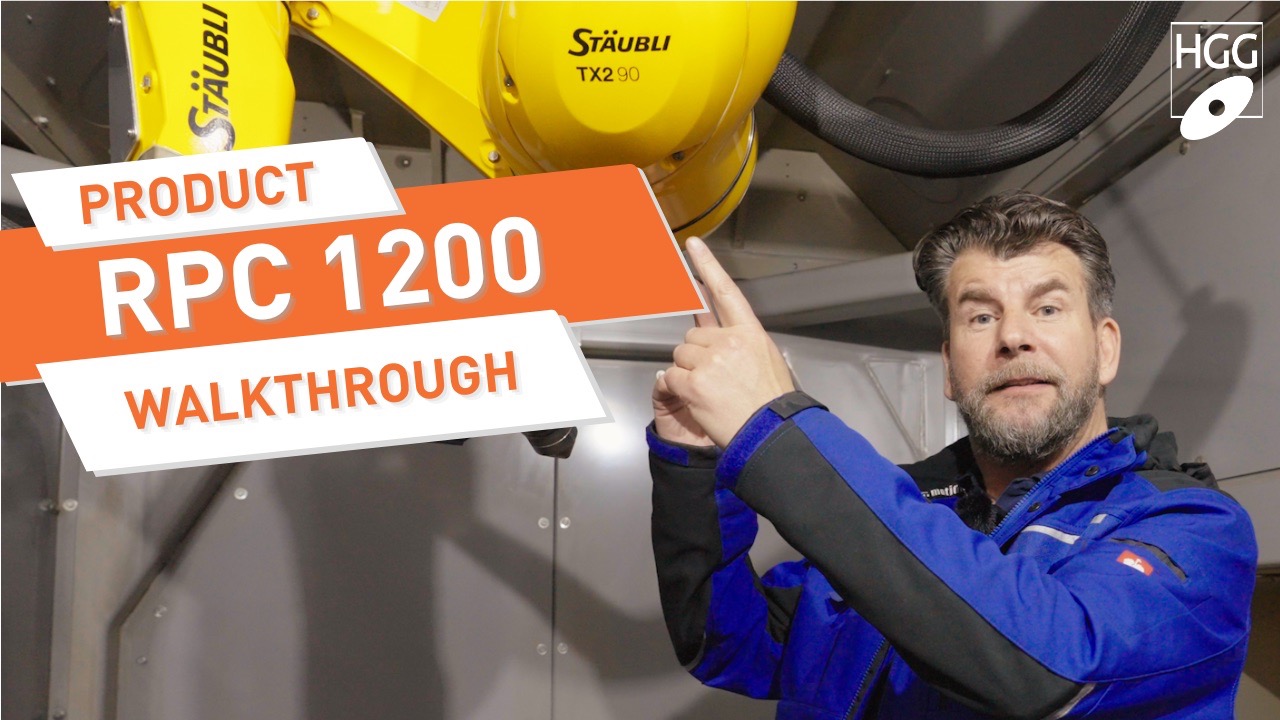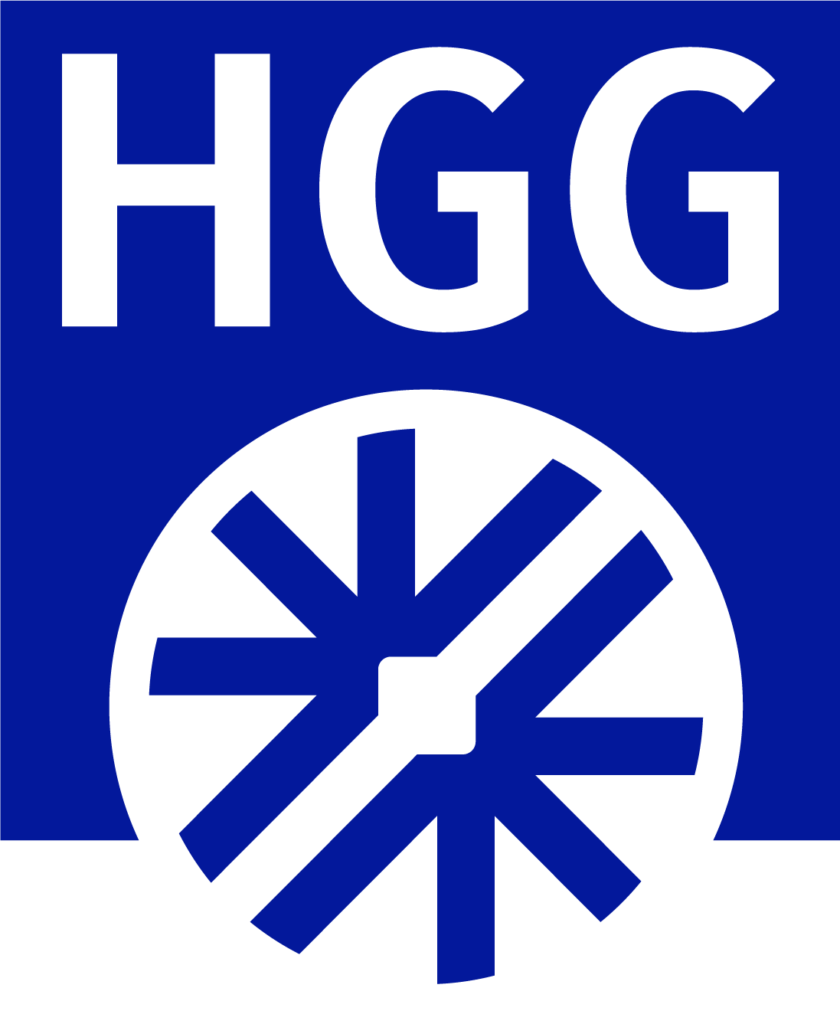La précision d’un bord découpé au plasma se rapproche de la perfection.
Auparavant, le plasma produisait des coupes grossières et imprécises, mais aujourd’hui, il est possible de créer un bord brillant et réfléchissant.
Pour atteindre cette précision, HGG a effectué de nombreuses recherches.
Nous avons répertorié pour vous les facteurs les plus importants.
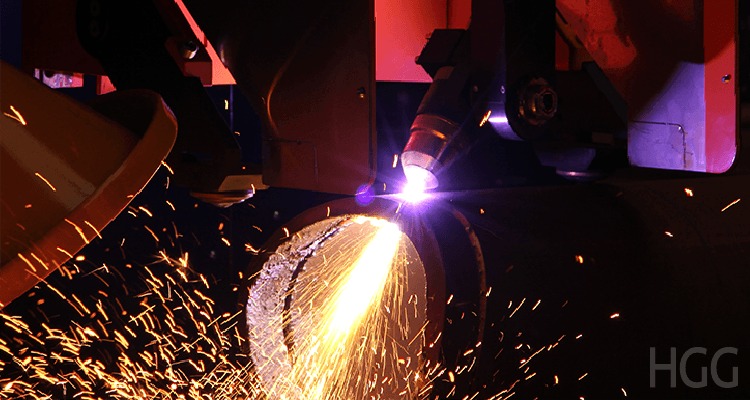
Pour plus de précision, HGG spécifie les ingrédients suivants :
La façon dont ces éléments sont combinés influence la qualité de la coupe, la vitesse, le kilométrage par gaz et, enfin, la valeur économique de chaque coupe. A titre d’exemple, le plasma permet d’obtenir jusqu’à 1 degré de conicité, mais HGG manipule la torche pour obtenir des bords parfaitement carrés.
- Gaz corrects
- Buse correcte
- Sens de coupe
- Vitesse de coupe
- Consommables
La façon dont ces éléments sont combinés influence la qualité de la coupe, la vitesse, le kilométrage par gaz et, enfin, la valeur économique de chaque coupe. A titre d’exemple, le plasma permet d’obtenir jusqu’à 1 degré de conicité, mais HGG manipule la torche pour obtenir des bords parfaitement carrés.
